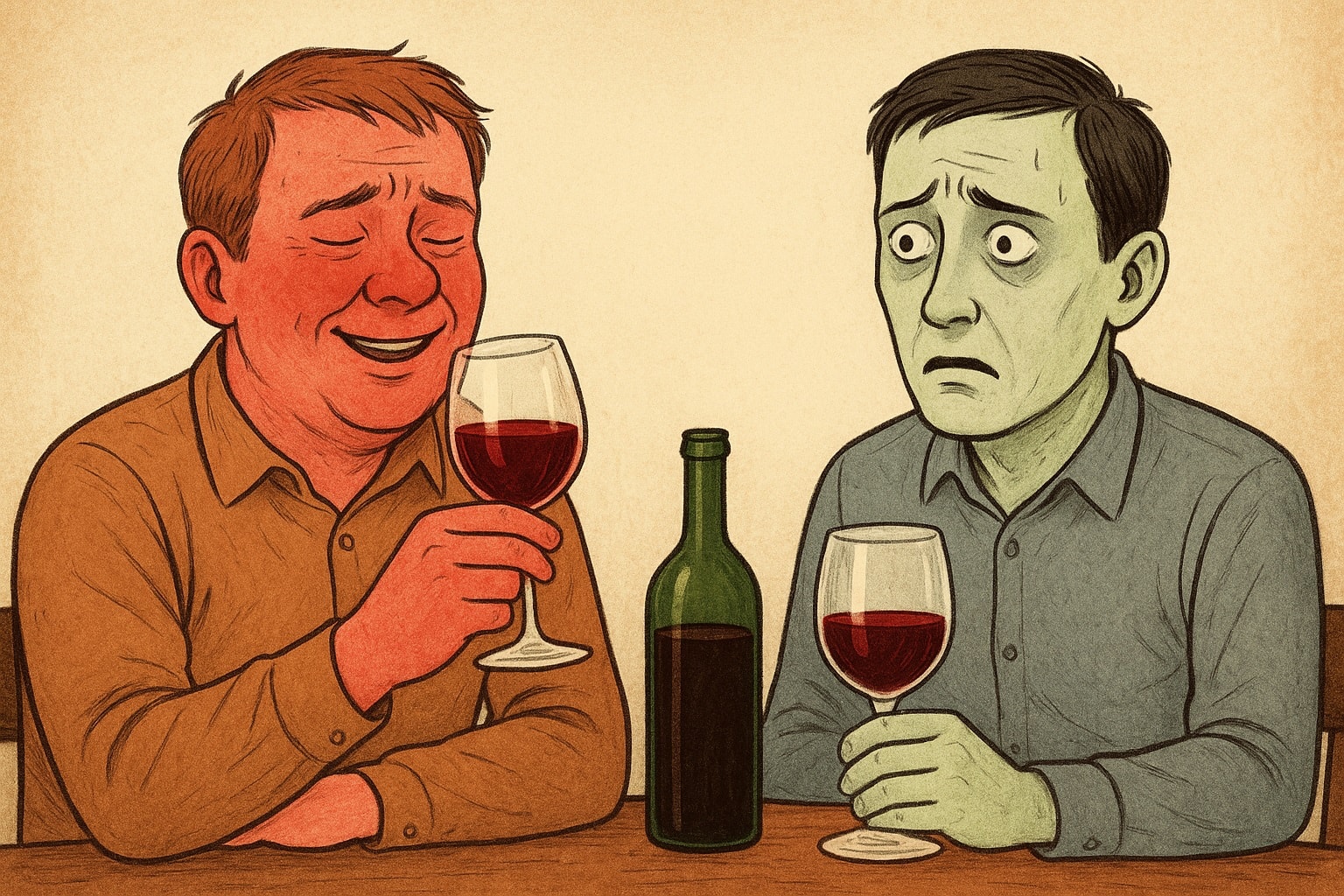
According to Dr. Doan Du Manh, a member of the Vietnam Vascular Disease Association, not everyone who drinks alcohol has the same symptoms. Some people have red faces, others have pale faces, but this reaction does not indicate how much alcohol they can drink but is related to how the body processes alcohol.
When ethanol enters the bloodstream, more than 90% is metabolized by the liver through several stages. In people with red faces, the rate of ethanol breakdown is fast, causing this substance to accumulate temporarily in the blood, causing capillaries to dilate and the face to turn red. Conversely, people who become pale after drinking are often due to slower metabolism to acetic acid, leading to vasoconstriction, reducing blood flow to the skin, causing the face to pale.
Dr. Manh noted that a person's alcohol tolerance varies depending on their physical condition and emotions at the time of drinking. When the body is tired, stressed, or has just exercised heavily, the ability to tolerate alcohol is significantly reduced, making it easy to feel nauseous and dizzy.
Things not to do after drinking alcohol
Exercise immediately after drinking
Many people think that vigorous exercise helps sweat and eliminate alcohol faster. However, according to Dr. Manh, when there is ethanol in the blood, exertion puts great pressure on the heart and vascular system, increasing the risk of cerebral hemorrhage and stroke. The safest way is to rest so that the body can metabolize the remaining alcohol.
Drink water in large quantities
Water intake increases excretion but does not significantly reduce alcohol concentration, because most ethanol is processed in the liver. Drinking too much water can also cause electrolyte imbalances, especially in the context of alcohol, which is prone to causing salt loss.
Doctors recommend adequate hydration with salted mineral water, fruit juice, salted lemon water, oresol, and remember to eat foods rich in starch to avoid hypoglycemia.

Sauna
Many people choose to take a sauna after each drinking session with the hope of eliminating alcohol through sweat. In fact, alcohol disrupts blood vessel regulation and reduces blood clotting ability; combined with the high temperature of the sauna, it can cause excessive vasodilation, leading to the risk of cerebral hemorrhage or stroke. After drinking alcohol, taking a sauna is considered the worst thing to do.
Doctor Manh emphasized that the safest way to sober up is to rest, eat and drink in moderation, replenish water and electrolytes properly, and absolutely avoid all forms of strenuous exercise until the body has fully recovered.
PV (synthesis)Source: https://baohaiphong.vn/vi-sao-co-nguoi-do-mat-nguoi-tai-nhot-sau-uong-ruou-528043.html





![[Photo] President Luong Cuong attends the 50th Anniversary of Laos National Day](/_next/image?url=https%3A%2F%2Fvphoto.vietnam.vn%2Fthumb%2F1200x675%2Fvietnam%2Fresource%2FIMAGE%2F2025%2F11%2F27%2F1764225638930_ndo_br_1-jpg.webp&w=3840&q=75)
![[Photo] Prime Minister Pham Minh Chinh chairs the 15th meeting of the Central Emulation and Reward Council](/_next/image?url=https%3A%2F%2Fvphoto.vietnam.vn%2Fthumb%2F1200x675%2Fvietnam%2Fresource%2FIMAGE%2F2025%2F11%2F27%2F1764245150205_dsc-1922-jpg.webp&w=3840&q=75)

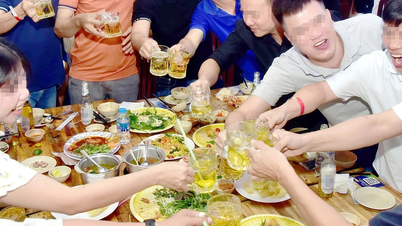





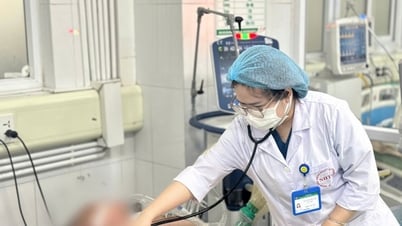
















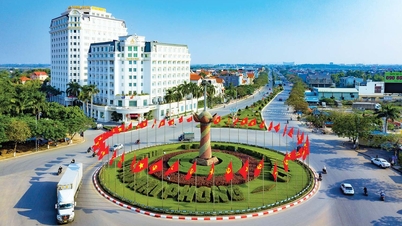
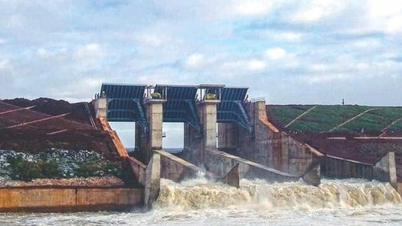
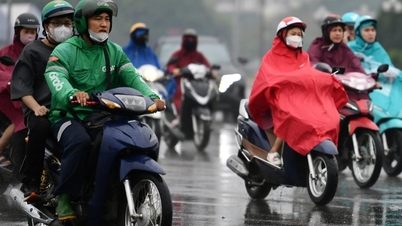








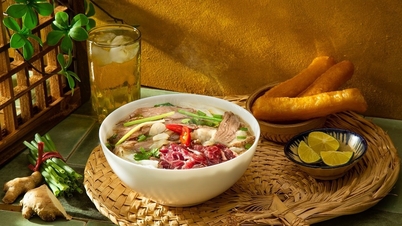
































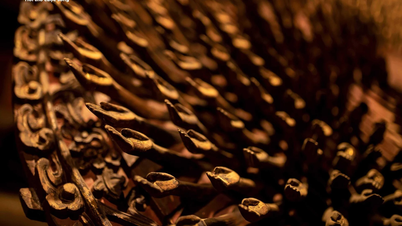































Comment (0)